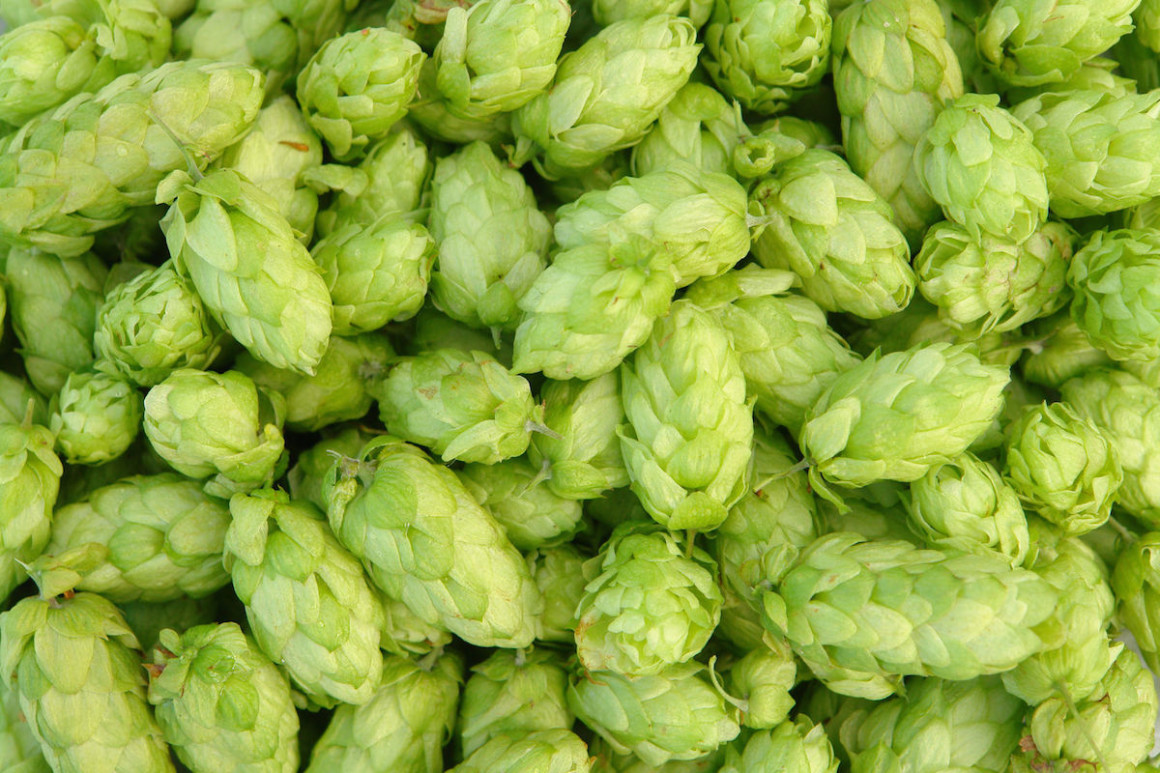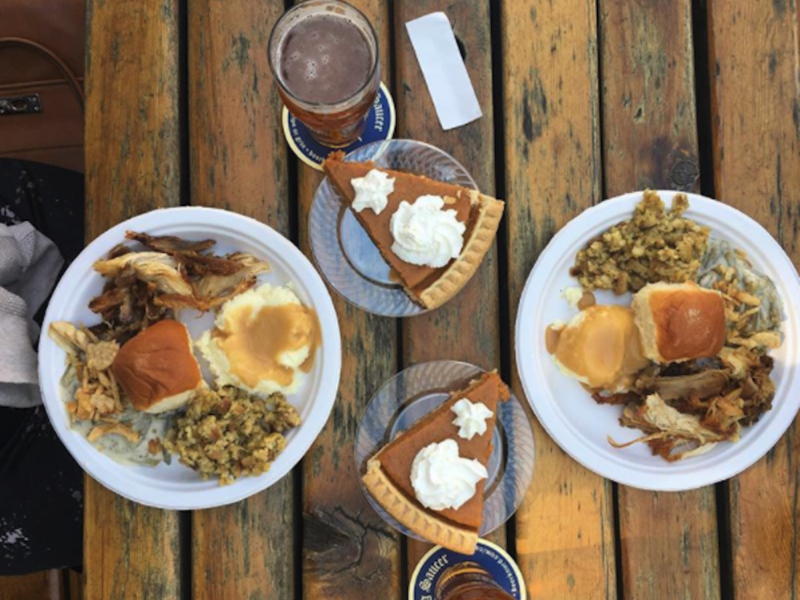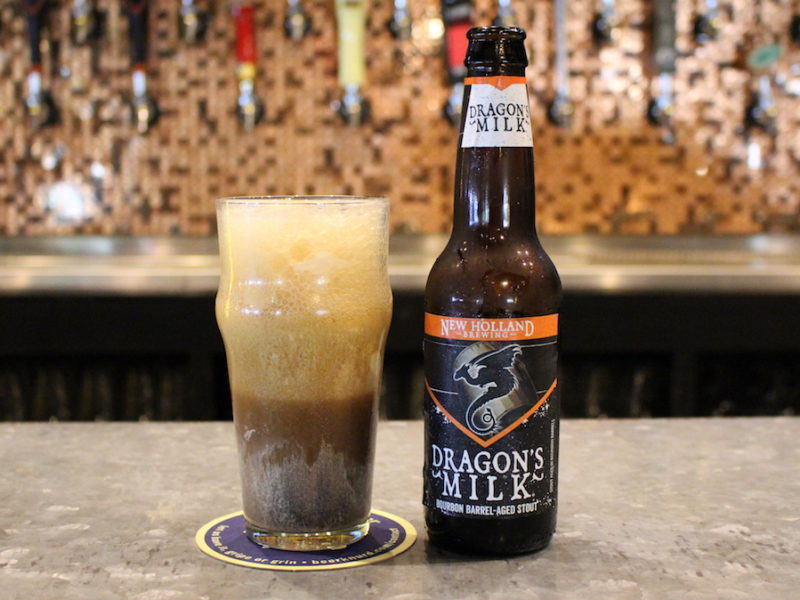The explosive popularity of IPAs over the past few years has led, naturally, to an increase in conversations about how “hoppy” a beer is or isn’t. But that doesn’t tell us much. “Hoppy” could mean bitter, fruity, floral, dank, earthy, piney, grassy — or simply that a beer isn’t malt-forward.
So we’re gonna break it down for you. Read on to learn about some of the most popular hops on the market today — from Pacific Northwest staples to interesting up-and-comers.
USA! USA!
Cascade
Developed by the USDA breeding program at Oregon State in 1971, Cascade is the hop that started the American craft beer revolution. Its flowery, spicy, grapefruit-y character is distinct and works well for both flavor and aroma additions. California’s New Albion Brewing Company was the first to use it commercially in 1976, adding three separate additions to its signature New Albion Ale. While this beer is currently undergoing a revival, it also inspired a generation of brewers who pay homage to it. Think Deschutes Mirror Pond Pale Ale and Sierra Nevada Pale Ale.
Columbus/CTZ
Win big in beer trivia by telling all your friends that CTZ refers to Columbus, Tomahawk and Zeus — three hop strains so similar that they’re often lumped together into a whole that accounted for almost 20 percent of U.S. hop production in 2015. These dual-purpose hops pack a whopping 14 to 16 percent alpha acids, along with an earthy, spicy, herbal aroma that’s often compared to marijuana. Try Anderson Valley’s all-Columbus Hop Ottin’ IPA or Avery’s Hog Heaven barleywine.
Centennial
In addition to Cascade and Columbus, Centennial is the third of the “Three Cs” you may have heard about in regards to American hops. (Note: There are way more than three Cs.) Bred in 1974 and released publicly in 1990, Centennial is often referred to as “Super Cascade” thanks to its strong citrus aroma and potent bitterness. Taste it in Bell’s famous Two-Hearted Ale or Founders’ Centennial IPA.
FEELING NOBLE
Saaz
If you’ve ever had a classic Bohemian pilsner, chances are you’ve tried this hop and its many spawns. It’s one of Europe’s “noble hops,” named for their high humulene and low alpha acids, producing a well-rounded, aromatic and only mildly bitter flavor. With its earthy, spicy character, it’s great for late kettle additions and dry hopping. Taste in Pilsner Urquell.
NEW KIDS ON THE BLOCK
Mosaic
This “wonder hop” from the geniuses at Hop Breeding Company is the first-born child of Simcoe. Since its release in 2012, it has rapidly become something of a teacher’s pet. Its complex aroma of mango, lemon, pine and stone fruit combines with a high alpha acid percentage, making it a great triple-purpose hop. And though it’s often used in combination with others, it’s uniquely suited to single-hop beers. Try it for yourself in Community’s Mosaic IPA or Lone Pint’s infamous and highly sought-after Yellow Rose.
Galaxy
First grown commercially in 2009, Galaxy is the pride and joy of Australian hop growers. It’s primarily used in late-kettle additions and dry hopping, with a predominant aroma of passion fruit with hints of citrus and peach. Try it Anchorage’s Galaxy White IPA or Boston Beer Co.’s Tasman Red.
Citra
Released to thirsty hopheads in 2007, Citra has been famously described as “Simcoe on steroids.” While its dominant characteristic is orangey citrus, it packs a punch bowl of other aromas: passion fruit, peach, mango and pineapple. Add that to its comparatively high alpha acid percentage, and you’ve got a hop that’s perfect for bittering, aroma and flavor. Try it in Sierra Nevada’s Torpedo Extra IPA or — if you can find it — Three Floyds’ infamous Zombie Dust.








